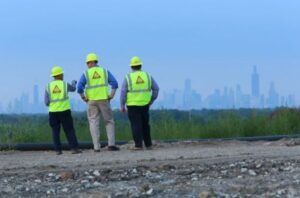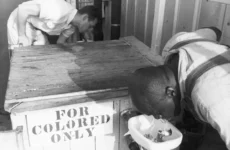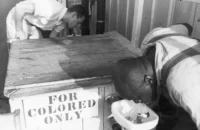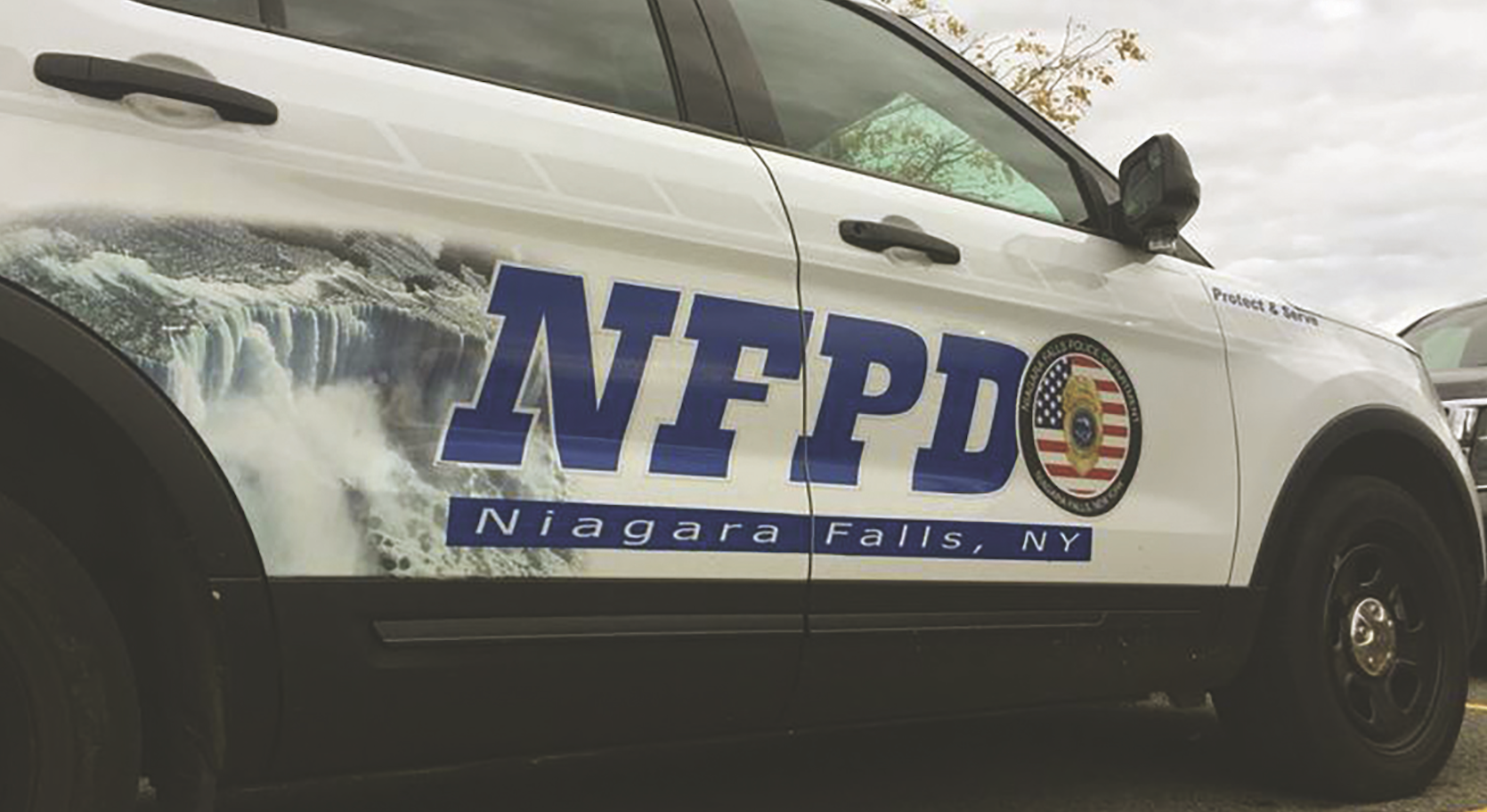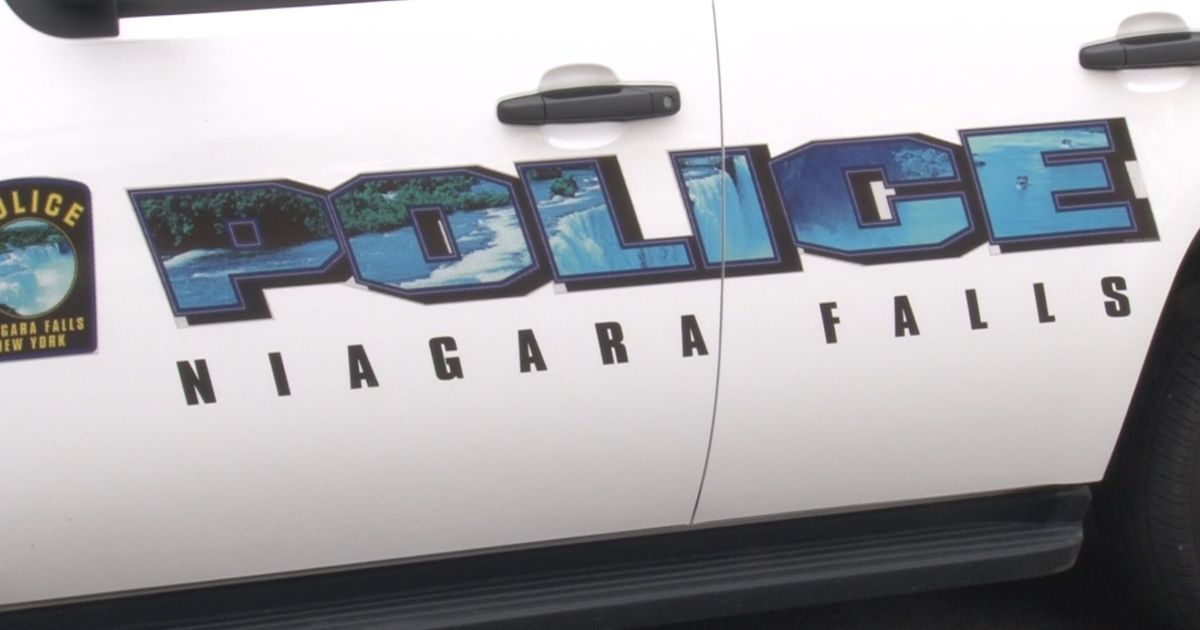Solid Waste Management needs the Packaging Reduction and Recycling Infrastructure Act
by John Szalasny
Member, Executive Committee
Niagara Group of the Sierra Club
********************************************************************************************************************************
Seneca Meadows is the largest landfill in New York State, about a two-hour drive away from the Republic Services Niagara Falls landfill. With the facility scheduled to close on December 31, 2025, it has been in the news over a controversial proposal to extend the facility past until 2040. Just as in Niagara Falls, the Seneca Meadows landfill is only miles away from a national tourist destination. Cayuga Lake and its world class wineries play second fiddle as attractions to the Women’s Rights National Historical Park, the site of the first Women’s Rights Convention in Seneca Falls as well as being the real-life site of Bedford Falls from the It’s a Wonderful Life movie.
Like Seneca Meadows, the Republic Services landfill has a limited remaining life (about 8 years according to the FAQ on their website). The discussion at Seneca Meadows is not only about that one facility, but has morphed into the future of waste management in New York State. The timing of this discussion coincides with the most recent Solid Waste Management plan released by the Department of Environmental Conservation. In that report, the plan has six focus areas, and most have been topics taken up by the Legislature in the recent past.
Organics Reduction and Recycling has already begun, with the largest food “waste” creators required to donate (yes, their “waste” includes production overruns and seconds) or compost the products that were previously going to landfill. Legislation is proposed in 2024 to include more businesses by setting lower and lower “waste” thresholds over the coming years. In addition, local communities across the state, including Buffalo and Amherst, are collecting food scraps for municipal composting.
Toxic Reduction in Products has focused on PFAS chemicals over the past few years. It’s been slow as legislation to date as the “forever chemical” is found on a lot more products than non-stick cookware or waterproof boots. Legislation in New York has focused on individual products like food container coatings or cosmetics and not the entire family of PFAS chemicals (it is estimated to be over 12,000). More legislation is scheduled for 2024 including removing PFAS from feminine products.
Research on the Recycling and Recycling Market Development and Resiliency focus has begun at several New York universities on various materials including glass. The Department of Environmental Conservation has funded research by The Center for Glass Innovation at Alfred University focusing on next generation glass processing, collection and recycling including potential markets for glass, waste reduction and product substitutions.
Two of the remaining focus areas, Waste Reduction and Reuse and Product Stewardship and Extended Producer Responsibility should be tackled by the Legislature in 2024 for product packaging. The former needs no explanation, but for those of you unfamiliar with the terms Product Stewardship and Extended Producer Responsibility, it refers to making producers responsible for their products from cradle to grave.
People purchase goods for the product and not for the container. Fancier, larger, harder to open packages hide our purchases and the costs for managing the end of life for these increasingly unrecyclable items are borne by the consumer. Our recycling rate in New York is higher than the national average (thanks mostly to our bottle bill), but almost half of all packaging ends up in a landfill. Extended Producer Responsibility laws for packaging shift the cost burden for the end of life of a container from the consumer to the producer. These laws, common in Europe and now enacted in several US states and Canadian provinces, are written with incentives for manufacturers to redesign their products to reduce the amount of packaging and encourage refill options.
The idea is to move from the current linear (consumptive) economy to a circular (reuse) economy. New York has used EPR legislation on other products and you are likely to be familiar with the ones on rechargeable and car batteries. Unlike the push for EPR legislation last year under competing bills, the Packaging Reduction and Recycling Infrastructure Act (PRRIA) (A5322B/S4246B) is the only current bill in the 2024 session, and a majority of members in the Assembly and in the Senate are co-sponsors.
The PRRIA is only one step in transferring the costs of recycling away from the municipality. There are calls to expand New York’s successful bottle bill to include more beverage types, including wines and liquors. The bottle bill is very similar to an EPR law, so it is imperative that these bills be considered in tandem as products like non-carbonated beverages need to know which law will apply to their products. Bottle redemptions do a great job at sorting the packaging types (glass, aluminum, and plastic) and the more beverage types we can get in the program, the faster our recycling rates will increase in the state and decreases the burden on our landfills.

